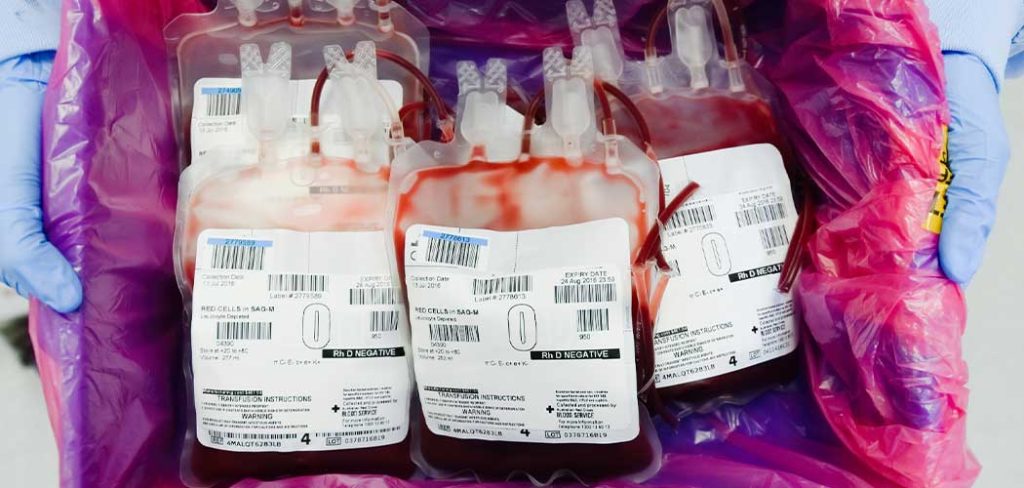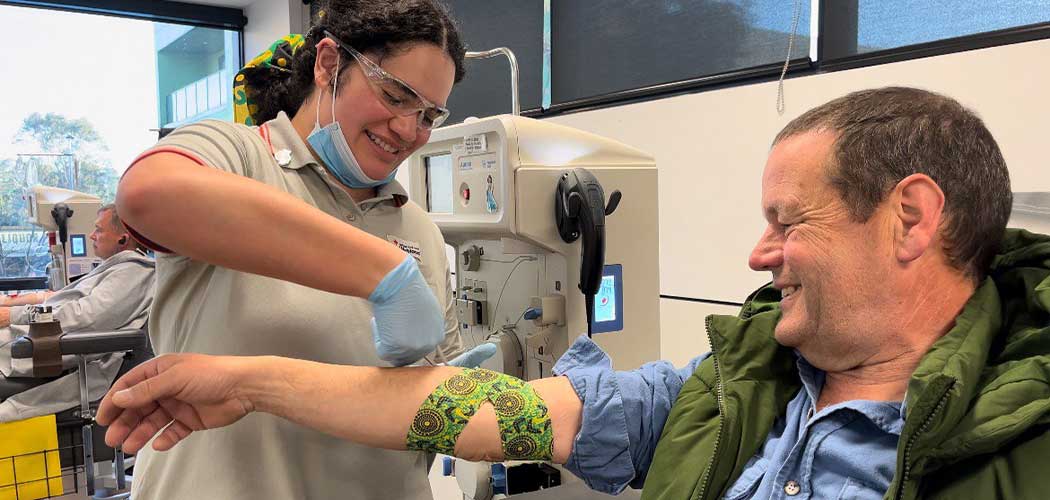People with haemochromatosis who need to have blood removed in order to reduce their iron levels are being encouraged to donate at Australian Red Cross Lifeblood.
Haemochromatosis, which causes the body to store too much iron affects one in every 180-200 people. The primary treatment to reduce high levels of iron is the removal of blood, typically done every 12 weeks.
New figures show in Australia, around 73,000 bags of blood taken from patients at pathology and GP services to treat haemochromatosis are discarded every year.
Australian Red Cross Lifeblood is joining forces with the Royal Australian College of GPs (RACGP) and Haemochromatosis Australia to encourage people with haemochromatosis to speak to their GP about donating at a Lifeblood donor centre.
“Unlike many other chronic health problems, this condition has a positive spin-off for others, and people with the condition have the potential to contribute greatly to the blood supply as they often need to give blood frequently,” said Lifeblood researcher, Dr Peter Bentley.
People with haemochromatosis make up 2.5% of Australian blood donors, with 15,000 donors already making 37,000 donations every year at Lifeblood donor centres. Lifeblood surveyed 4,000 people with haemochromatosis who had previously donated blood.
“Almost 90% of donations from people with this condition are useable, however around 40% of people we surveyed didn’t know their blood could be used to save lives,” Dr Bentley said.

However, 90% reported that knowing their blood was used to save lives would motivate them to give to Lifeblood.
While not everyone will be eligible to donate, even if some of those 73,000 bags of discarded blood were donated instead of discarded, it would make a significant difference with the demand for blood at a 12-year high, Dr Bentley said.
In 1988, Australia became one of the first countries in the world to accept blood donations from people with haemochromatosis. Lifeblood recently moved to test iron levels in first-time donors, picking up people with both very high, and very low iron, including those potentially with haemochromatosis.
“If you have iron overload, making your treatment beneficial for others though blood donations could be a great motivator to keep you on track,” said RACGP President Dr Nicole Higgins.
In 2022, Lifeblood became the first blood service in the world to accept plasma donations for people with haemochromatosis, which can be made in between their regular blood donations. All of those surveyed had little knowledge about plasma donation (nationally there are only 370 haemochromatosis patients who give plasma).
“This valuable group of donors are predominantly men over 40, who make perfect plasma donors,” said Haemochromatosis Australia spokesperson and blood donor, Matthew Howie.
Donations from people with haemochromatosis currently save up to 111,000 lives a year. Those with haemochromatosis should seek a referral from their GP to their local Lifeblood donor centre using Lifeblood’s High Ferritin App
To make a donation, call 13 14 95, book online at lifeblood.com.au, or on the DonateBlood app.








